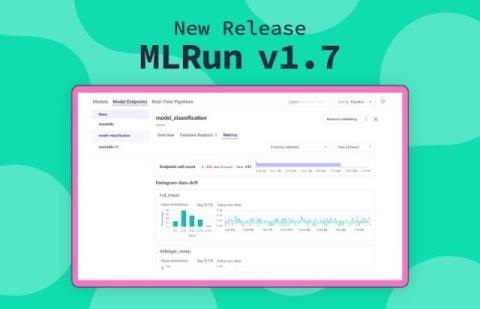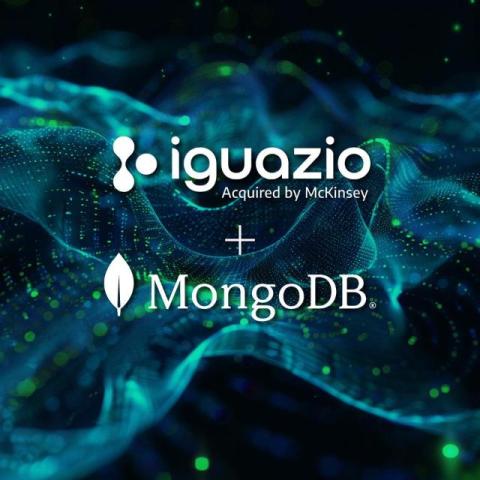Gen AI or Traditional AI: When to Choose Each One
When it comes to leveraging AI to capture business value, it’s worth asking, “what kind of AI do we need exactly?” There are significant differences between the methodologies collectively referred to as AI. While 2024 might have almost convinced us that gen AI is the end-all-be-all, there is also what’s sometimes called ‘traditional’ AI, deep learning, and much more.






